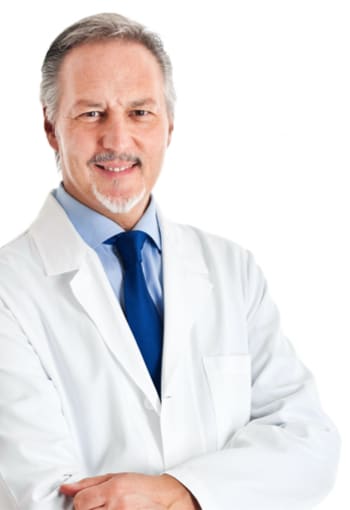Craniofacial Anomalies and Surgery
While cleft lip and palate are two of the most common craniofacial anomalies, there are other birth defects and conditions that may affect the look or function of a child’s head and face. Children with any head or orbital abnormality should be evaluated by a specialist such as an oral and maxillofacial surgeon (OMS). Parents with concerns about these conditions should ask their pediatrician and discuss referrals.
Types of Craniofacial Anomalies
Craniosynostosis is a defect is caused by one or more of the joints, or sutures, in a baby’s skull closing prematurely. Surgery can be used to separate the fused bones and allow adequate space for the baby’s brain to develop. Different types of synostosis include:
- Sagittal synostosis – Fusion of the suture running from front to back along the top of the skull. This creates an elongated, narrow skull.
- Metopic synostosis – Fusion of the suture between the left and right sides of the frontal bone, or forehead. This results in a triangular-shaped forehead.
- Coronal synostosis – Fusion of the sutures running from left to right over the top of the head. This can affect one or both sides of the skull. When it is on one side (unilateral coronal), it results in an asymmetric flattening of the affected side (plagiocephaly). When it affects both sides (bilateral coronal), the entire forehead is flattened and wider.
- Lambdoid synostosis – Fusion of the lambdoid suture that is at the back of the skull. This results in flattening of the skull on the affected side. This is the least common type of synostosis.
- Complex craniosynostosis – Any of the above synostoses can be combined with any of the others, creating a more complex diagnosis and treatment.
Complex Craniofacial Conditions
Many craniofacial problems are associated with syndromes or conditions that affect other parts of the body. They can require complex, long-term medical and surgical care. Examples of complex craniofacial conditions include:
- Apert syndrome – Craniosynostosis with midface deficiency and a fusion of fingers or toes.
- Crouzon syndrome – Craniosynostosis, maxillary hypoplasia, shallow orbits and a bulging eye.
- Pfeiffer syndrome – Craniosynostosis with midface deficiency, broad thumbs and/or broad great toes.
- Saethre-Chotzen syndrome – Misshapen head, low-set front hairline, asymmetric face, deviated septum and skeletal anomalies.
- Treacher Collins syndrome – A congenital condition with down-slanting eyes, absent or underdeveloped cheekbones, small or unusually formed ears, a small lower jaw and cleft palate.
- Pierre Robin sequence – A congenital condition identifiable by a small lower jaw that impacts breathing and feeding; patients may also have a cleft palate.

Craniofacial Surgeries
Traditional surgery to correct craniosynostoses often involves separating the fused bones and repositioning or reshaping them to allow proper brain growth and development. If there is no need for immediate reshaping or reconstruction, the surgery can sometimes be performed endoscopically, through a small incision in the scalp. Treatments, such as custom helmets to mold the skull, are also used to correct these conditions. The final molding of the skull can take up to a year, during which time your surgeon will monitor growth and recovery. Your OMS will discuss the right option for your child with you.
The more complex craniofacial conditions can require unique surgeries and other treatments. Children born with these conditions often require a full craniofacial team, of which your OMS is an integral part.


